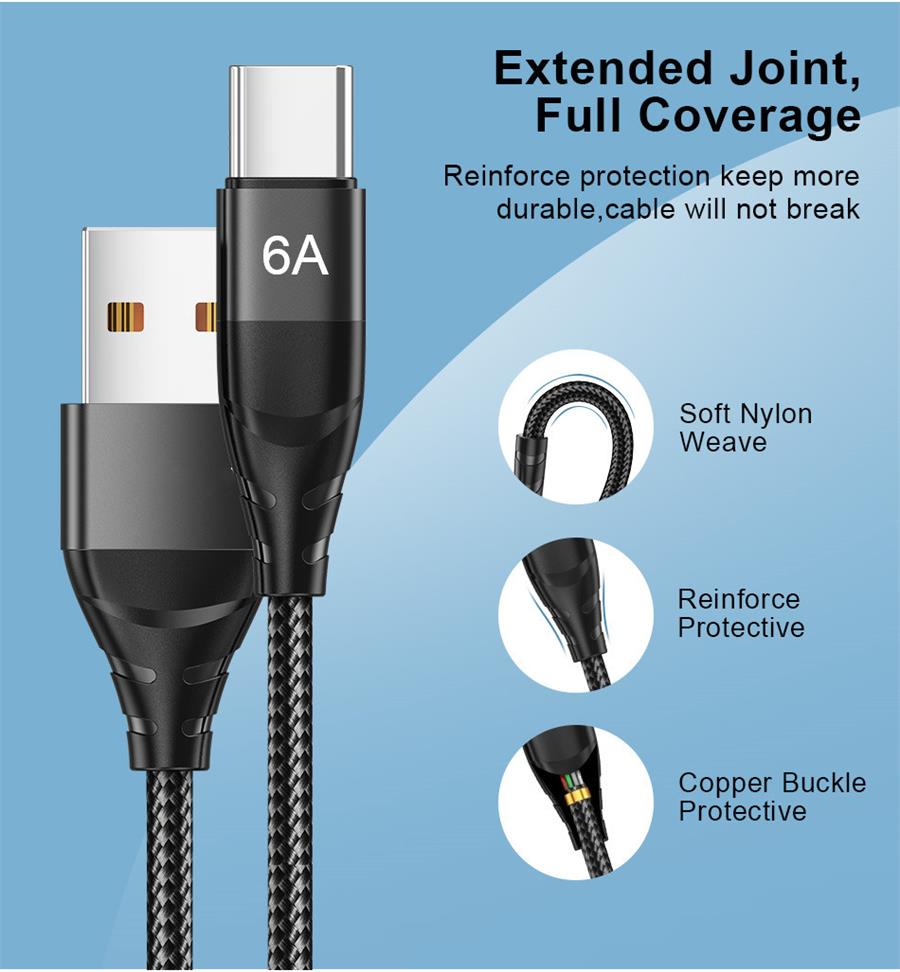The photoelectric conversion efficiency of LED lamps is not high, and most of the electric energy is lost in the form of heat energy. The reliability and longevity of LED luminaires are highly dependent on the level of heat dissipation. With the wide application of LEDs, LED heat dissipation issues are getting more and more attention. Provide system LED cooling solution Focusing on the field of heat dissipation for more than 10 years, overclocking three gradually established the brand advantage in the radiator industry. With excellent R&D strength, Overclocking III takes the lead in applying heat pipe riveting technology to the LED industry, and creatively applies PC heat dissipation technology and technology to the field of LED heat sinks. Not only that, Overclocking 3 broke through the technical bottleneck of high-power LED cooling, first developed 500W and 1000W LED cooling kit. Set up professional industrial design centers, heat transfer laboratories, optoelectronic laboratories, and quality control centers to provide system LED cooling solutions for customers around the world. Innovative technology to create a new level of LED cooling The overclocked three LED cooling kit has a high reputation and reputation in the industry, which not only benefits from the overclocking of the outstanding industrial design and excellent product quality, but more importantly, the innovative heat dissipation process. Innovative fin cooling technology Overclocking three first fin heat dissipation technology can effectively increase the heat dissipation area of ​​the heat source, significantly improve the heat dissipation efficiency, and transmit the heat emitted by the LED lamp to the outside through the fins in time. Buckle FIN process Each piece is equally spaced and tightly fastened to form a unit that effectively enhances the fin's firmness and achieves maximum heat dissipation area with minimal weight. Pressing process The fin sets that are stamped out at one time are linked by rivets and pressed and formed by a special machine, which is easy to operate. Heat pipe riveting fin heat dissipation technology The heat pipe rives the fin heat dissipation technology, and the heat pipe quickly transfers the heat radiated from the light source to the fin, and the heat is quickly dissipated, so as to quickly reduce the temperature of the light source and prolong the service life of the light source. HDT process The pure copper heat pipe is directly attached to the heat source at zero distance, and the performance of the heat pipe is fully exerted, which greatly improves the heat conduction effect, and the heat transfer speed is 200 times that of the ultra-aluminum radiator. Better cooling under the same conditions Overclocking three will apply the heat dissipation technology in the field of LED radiators. Compared with similar finished lamps, the finished lamps with over-frequency three-heatsink combination, the average temperature of the lamp beads and the radiator are lower, and the heat dissipation performance is more excellent, effectively solving the problem. Heat dissipation problem. Comparison of temperature test of overclocked miner's lamp and similar products RING temperature: 30 ° C Measured time: 12 hours R & D strength to meet individual needs With the research and development strength and long-term technical accumulation in the field of heat dissipation, Overclocking has produced a variety of LED heat sinks for different places, and can develop customized heat sinks and LED heat sink solutions according to customer needs. The advantage of USB Cable Type C is that it supports higher current, that is that more current can be passed by Type-C in the same time. In this way, the charging speed of the device can be accelerated. At present, the charging current of most Type-C data lines is generally 2A. If the charging rate of 3A is to be reached, a high-current wall charging matching it is required. That is to say, if the wall charge only supports 1A, whether it is charged with 2A or 3A data line, there is no difference fundamentally. If the current supported by the wall charging is 2A, and the type-C data cable of 2A/3A is matched, the effect can be significantly changed.
The highlights of Type-C interface are thinner design, faster transmission speed (USB3.1 up to 10Gbps) and stronger power transmission (up to 100W).The biggest feature of Type-C double-sided plugable interface is that it supports double-sided insertion of USBinterface. Officially solved the USB never insert the worldwide problem, the front and the back of the random plug.The USB Cable used with it must also be thinner and lighter.
Usb Cable Type C,Usb Type C Cable,Type C 3.0 Cable,Usb Type C Data Cable Henan Yijiao Trading Co., Ltd , https://www.yijiaousb.com.jpg)
.jpg)
.jpg)
.jpg)
.jpg)
.jpg)
.jpg)
.jpg)

In addition, the device equipped with the Type-C interface can be charged by connecting the mobile power supply through the Type-C cable or Usb C Cable. Users do not need to carry the charging cable, but can have the wall charging and Type-C cable. In addition, when selecting a Type-C charging cable, We should pay attention to the current limit. The charging data cable 1A does not have fast charging performance, 2A is the most commonly used Type-C charging data line, and 3A is the best data line at present. If you want to have fast charging effect, you must choose the Type-C charging data line with 3A current.
